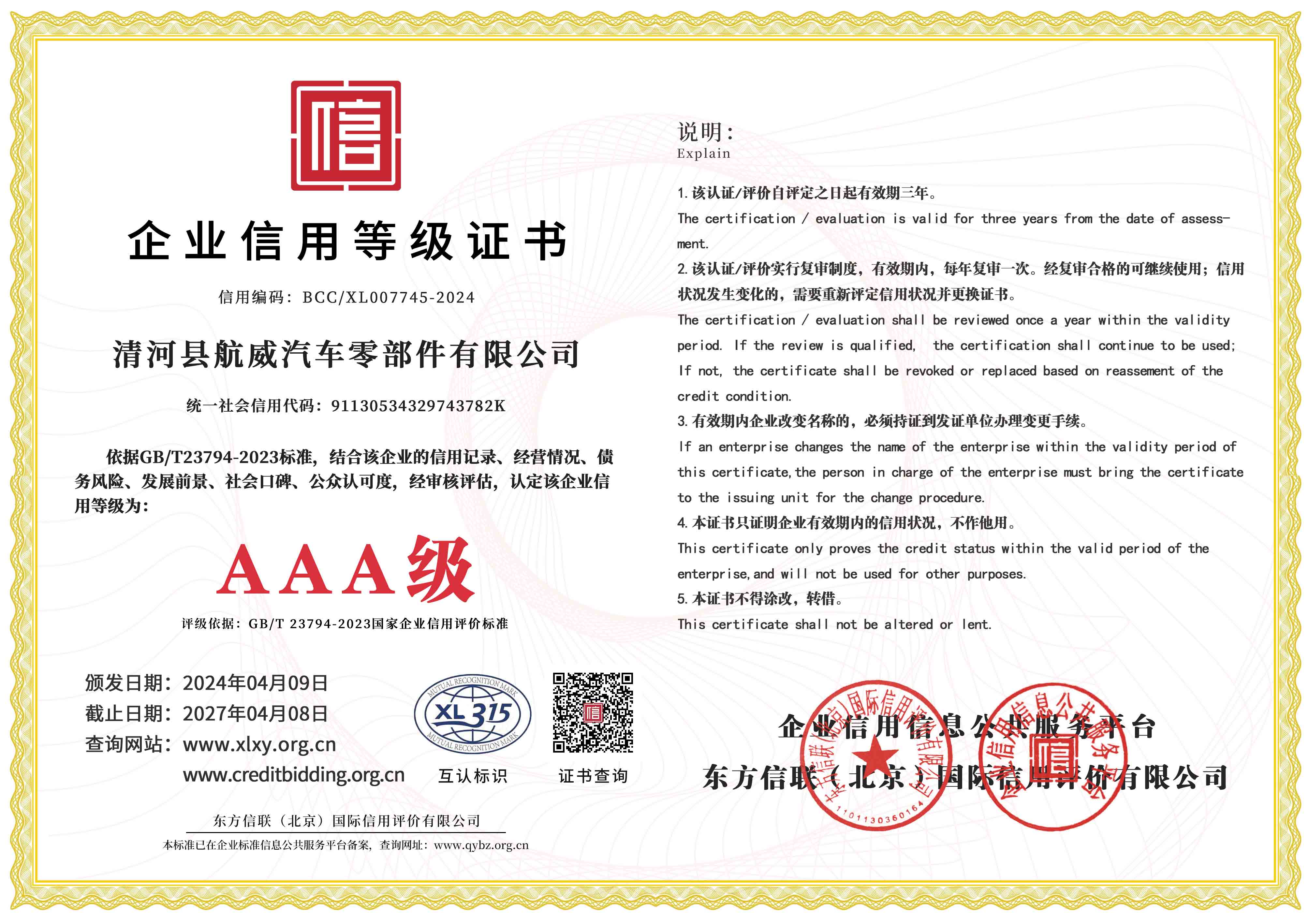Understanding Throttle Body Cable Function and Maintenance for Optimal Vehicle Performance
Understanding Throttle Body Cables Function, Importance, and Maintenance
The throttle body cable is a crucial component in the operation of many internal combustion engines, particularly in vehicles that use a mechanical throttle linkage system. This article will explore the function and importance of throttle body cables, potential issues that may arise, and tips for maintenance.
At its core, the throttle body cable connects the accelerator pedal to the throttle body itself. When a driver presses down on the accelerator, the cable pulls the throttle valve open, allowing more air to enter the engine. This increase in air intake leads to a corresponding increase in fuel injected into the combustion chambers, which in turn boosts engine power and speed. In newer vehicles, electronic throttle control systems have largely replaced traditional cables, but many older cars still utilize this mechanical method for throttle control.
One of the primary advantages of a throttle body cable system is the direct physical connection between the driver’s input and the engine’s response. This direct interaction can provide a more responsive driving experience. However, this system also requires careful attention to ensure that it functions correctly. Over time, throttle body cables can stretch, fray, or even break. These issues can lead to a variety of performance problems.
Common symptoms of a faulty throttle body cable include inconsistent acceleration, a stuck throttle, or a throttle that is difficult to operate. In severe cases, a broken cable can render a vehicle inoperable, creating significant safety hazards. Therefore, it is essential for vehicle owners to be vigilant for any signs of cable wear or damage.
Routine maintenance can help to prolong the life of throttle body cables and ensure optimal performance. Here are several practical tips for maintaining throttle body cables
throttle body cable

1. Regular Inspections Periodically inspect the throttle body cable for signs of wear and tear. Look for fraying, corrosion, or signs of stretching. If any damage is observed, it may be time for a replacement.
2. Proper Lubrication Cables can benefit from a small amount of lubrication. Use a silicone-based lubricant to help reduce friction and wear. Be careful to follow manufacturer guidelines, as some cables may not require lubrication.
3. Check for Obstructions Ensure that the throttle body and cable route are free from any obstructions. Dirt, debris, or improper routing can hinder the cable’s performance and lead to operational issues.
4. Adjustments If you notice that your throttle is not responding as expected, it may be necessary to adjust the cable tension. This process can often be found in vehicle service manuals, but if unsure, consult a professional mechanic.
5. Consider Upgrades If you're experiencing chronic issues with your throttle body cable system and your vehicle is compatible, consider upgrading to a modern electronic throttle control system. This system can improve responsiveness and efficiency while reducing the likelihood of mechanical failure.
In summary, the throttle body cable plays an integral role in the operation of many vehicles, particularly older models. Understanding its function and regularly maintaining it can greatly enhance vehicle performance and safety. By being proactive about inspections, lubrication, and addressing potential issues promptly, drivers can enjoy a more reliable and responsive driving experience. Whether you’re a car enthusiast or simply a daily driver, knowing more about the throttle body cable can empower you to take better care of your vehicle.
-
Upgrade Your Control with Premium Throttle CablesNewsAug.08,2025
-
Stay in Control with Premium Hand Brake CablesNewsAug.08,2025
-
Experience Unmatched Performance with Our Clutch HosesNewsAug.08,2025
-
Ensure Safety and Reliability with Premium Handbrake CablesNewsAug.08,2025
-
Enhance Your Vehicle with High-Performance Clutch LinesNewsAug.08,2025
-
Elevate Your Ride with Premium Gear CablesNewsAug.08,2025
